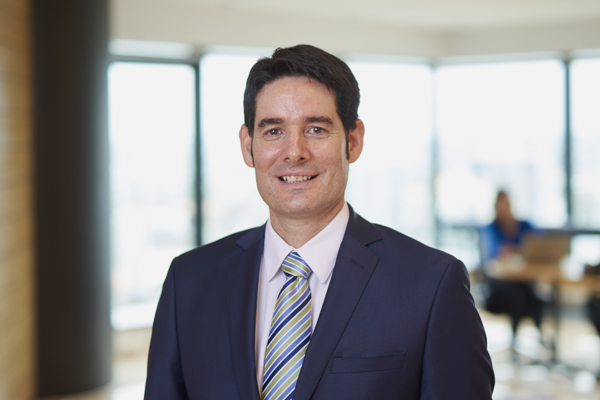On Thursday morning we were delighted to host over 100 clients from the health sector to challenge ourselves: Can we and should we be doing more to improve quality and safety outcomes in our health system?
Our highly engaged panel - Captain Rod Stone (international pilot and trainer), Dr John Wakefield (Deputy Director General Queensland Health Clinical Excellence Division) and Mr Trent Dean (Head of Clinical Governance, Royal Flying Doctor Service, Queensland) – took up this challenge with gusto drawing on their combined experience to focus on useful parallels between health care and aviation.
Each of our experts readily acknowledged that there is not always a direct correlation between aviation and health. Not all parts of aviation are as safe as the big commercial airlines. Some parts of health such as anaesthetics and blood products are already at sigma 6 level having pioneered high reliability practices in health and many highly trained clinicians work tirelessly with excellent outcomes, However, the health system has struggled to reduce the rate of avoidable injury to patients.
During our panel session, Dr Wakefield's set of analogies provided a lively illustration of the things we might learn from an ultra-safe industry such as aviation:
“If hospitals could fly, would we ….
- put the trainee in charge of the plane?
- send the flight crew out in the cockpit without instruments that actually helped all of them know how the plane was responding to their actions, in real time?
- start a flight without a careful briefing of all the team including rare but dangerous risks, every time?
- when talking to the control tower or our cockpit crew, assume that our staff were born with skills in 'closed loop' communication?
- use simulation as a plaything for the curious, rather than a means of determining competency to fly, for everyone, with no exceptions?
- assume that a commercial pilot licence qualification gained 20 years ago would equate to competency to fly today?”
On this last point, Captain Stone's insights into the rigorous pre-selection processes for pilots, command and leadership training and the demands of ongoing assessment (every 12 weeks for both motor skills and behavioural skills to maintain your pilot licence) provided a thought provoking parallel to current training and assessment practices in the health sector. The significant weight placed on training in leadership, teamwork and the acceptance of human fallibility was evidenced by Captain Stone’s attitude towards his crew:
“You have to give them permission to tell you that something is wrong…. At the end of the flight I shake hands and say thanks for looking after me.”
Captain Stone
Trent Dean highlighted some of the high reliability practices already in place at RFDS Queensland, an organisation which, usefully for our seminar, neatly combines the realities of delivering health and aviation services. RFDS is developing various simulation training tools and introducing a system of peer review for its consultant doctors. The organisation is also uniquely placed to draw on the customer experience in aviation to inform its patient experience model.
Other useful parallels raised by each of the panel members included the value of having a single regulator with enforcement powers for safety in aviation and the challenges of building a “just culture” where self-reporting is applauded and reckless or wilful behaviours are sanctioned.
The audience was challenged by our panellists about the choices we make in relation to safety and our own appetite for change. How prepared are we to contest deeply held beliefs about individual autonomy and to insist on robust, accountable cultures within our organisations in order to drive up reliability in quality and safety in the health sector?






